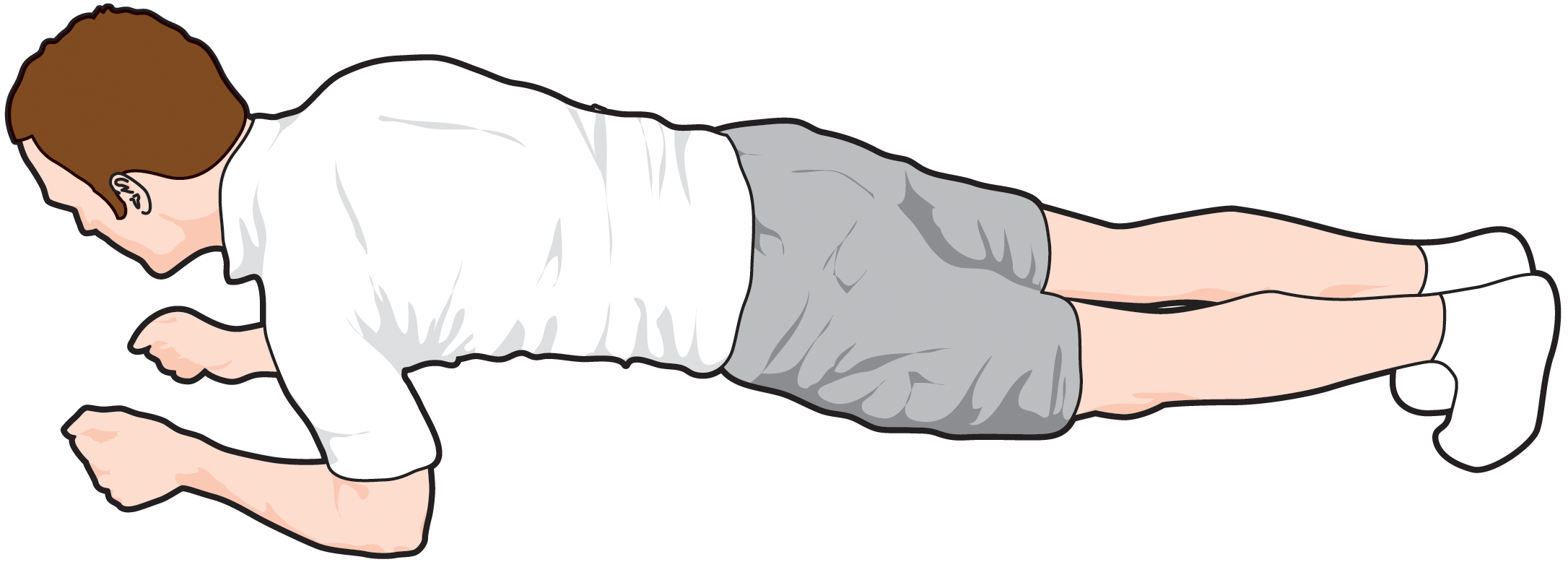Cycling physio Dr Graham Theobald explains why it’s so important
What is the core?
The core is a buzzword loved by the ‘lifestyle’ industry but is widely misinterpreted. Those of us with medical training tend to avoid ‘core’ and instead refer to lumbo-pelvic stability — catchy, eh?
The so-called ‘core’ is where your lumbar spine meets, and interacts with, your pelvis. This involves the global stabilising (e.g. erector spinae) and mobilising (e.g. hip flexors and glutes) muscles. It also involves joints, but from a training perspective, the stability of these is ensured by adequate activation of the relevant muscles.
Why the core matters
On a mountain bike, when seated, your lower spine needs to be stable and in sync with the pelvis, not moving or twisting as that can risk causing injury. When climbing our global mobilisers (glutes/quads/hip flexors) do the work of powering the pedals. But you need a stable lumbo-pelvic region (core) so that power is transferred directly to the pedals and no energy is wasted.
Worse though, movement or instability in this area may result in twisting stress, which can result in lower back and hip problems.
Lumbo-pelvic stability on a mountain bike is more important than on a road bike too, as off-road terrain places extra stresses on both the bike and body, demanding continual positional changes and adaptations, placing the spine under increased stress.
How to strengthen yours
The plank is a good start, but it’s good to progress as quickly as possible to holding exercises that also involve moving the lower limbs. These exercises, such as the bird-dog and arabesque, are functionally more specific to mountain biking.
The exercises
Do one to three sessions per week, and aim for two to three sets of each exercise, where a set is as many reps as you can manage without fatiguing and losing form or performance:

Plank: Get into the press-up position, with your elbows bent and your weight through your forearms. You’re looking for a straight body with no sagging! Engage your core by sucking your belly button into your spine and slowly raise one leg and hold for 30 seconds. Repeat with the other leg.

Bird dog: Get on all fours with your hands under your shoulders and knees under your hips. You want your head, neck and back straight. Then raise your right arm and reach forward so it lines up with your body. At the same time, kick your left leg backwards until it’s in line too, and hold it for a second. Repeat with the other leg and arm.

Arabesque: Lie on your side and raise your body up so you’re resting on one elbow — you want a nice straight line in your body from head to feet. Put your other hand on your hip. Then lift your leg high into the air and hold for as long as you can. Repeat on the other side.



